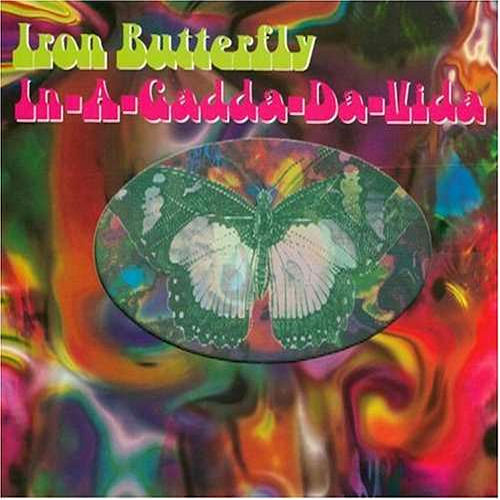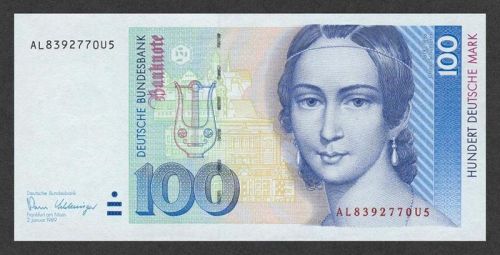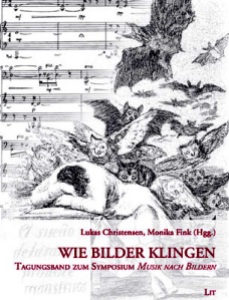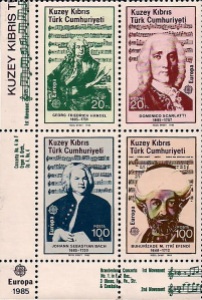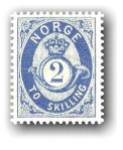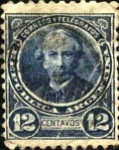Insects in rock ’n’ roll cover art is an article by Joseph R. Coelho, who teaches in the Biology Program at Quincy University.
The article, which can be read online here, was published in American entomologist (L/3 [fall 2004] pp. 142–151). It is part of a larger project called Insects in rock ’n’ roll music, which also includes lists of insect-related songs, albums, and artist names.
Above, a classic Iron Butterfly album cover. Below, ants dancing to Ant man bee from the legendary Trout mask replica by Captain Beefheart and his Magic Band.
Many thanks to the Improbable Research blog for alerting us about Professor Coelho’s work!
Related articles:

